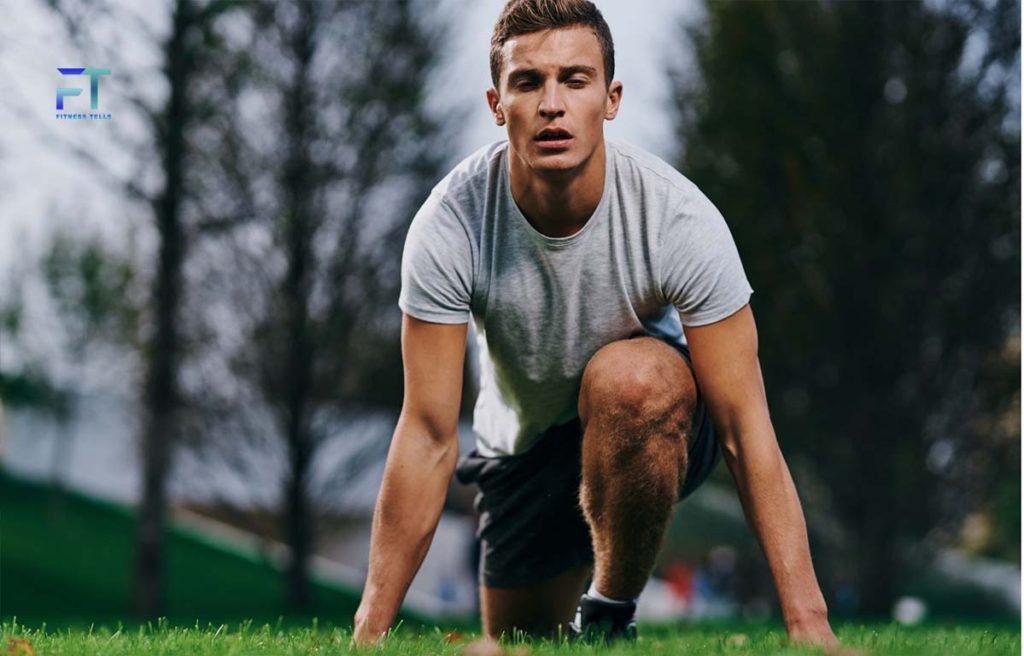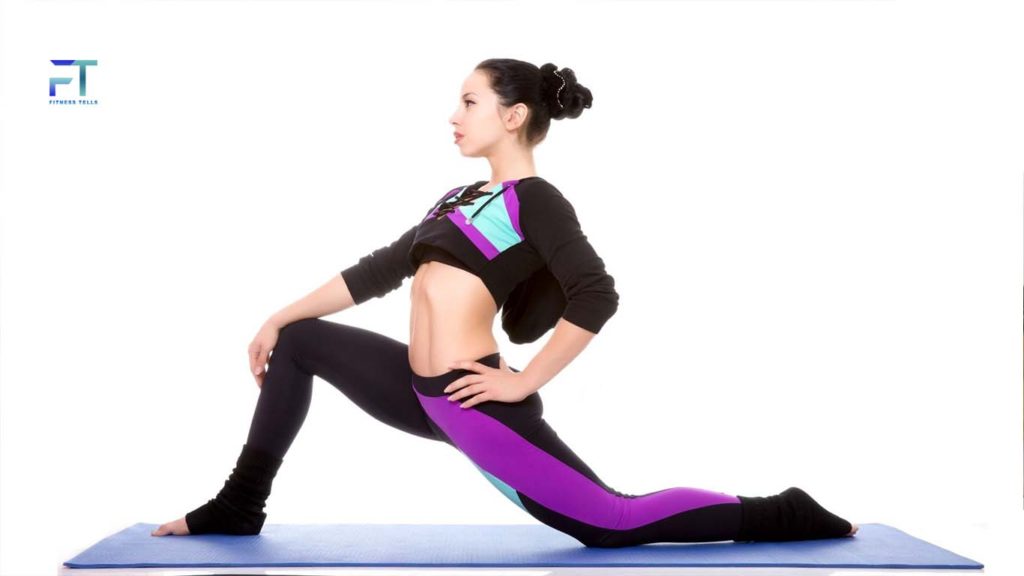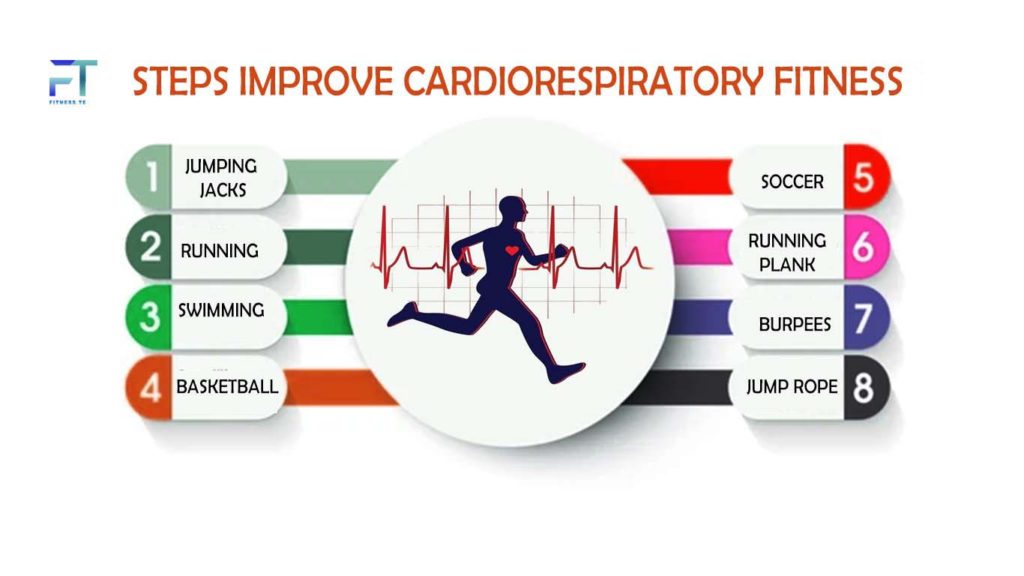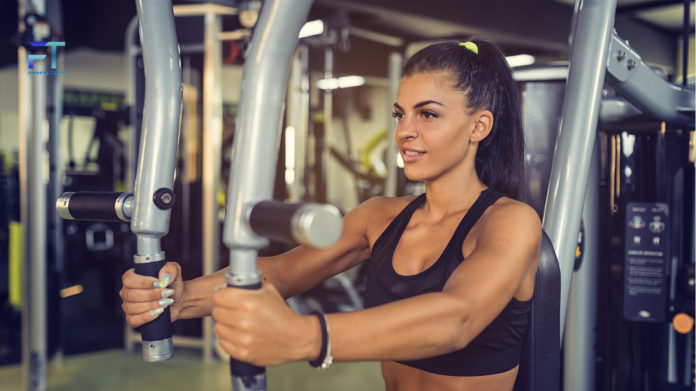The majority of people deem exercise as a way to lose weight, but it is more than just working to melt a layer of fat.
It is also commonly perceived that focusing on a single exercise routine will help you stay fit for life but this isn’t the case. Most exercises focus on a certain part of the body hence it becomes difficult to improve your overall fitness following a monotonous exercise routine.
So, what’s the solution then? The solution is to know the fitness types and levels you have to attain in order to meet all the requirements of your body. Reaching a single fitness level, while ignoring all the other fitness types may not help you reach your fitness goal.
Fitness experts suggest considering the following fitness types while you design your workout routine.
3 Important Fitness Types
- Cardiorespiratory fitness
- Muscular Flexibility
- Muscular strength and endurance fitness
Before getting into the detail of what these fitness types entail, let’s understand the difference between ‘Exercise’ and ‘Fitness’.
‘Physical Fitness’, ‘Exercise’ and ‘Physical Activity’, are three different terms that are often used interchangeably and are confused with one another. However, they perform different functions and have different characteristics.
1. Physical Fitness

Physical fitness is a set of health attributes that vary from person to person. These health attributes define the ability of your body to perform several tasks in your daily life. A physically fit individual will perform their daily activities effectively and efficiently reciprocally to one who isn’t physically fit.
Physical fitness has 11 components that are related to health and skills. All these components are important to improve your physical activities, including your daily life activities and sport.
The health-specific physical fitness types, including Cardiorespiratory fitness, body composition, power and strength, flexibility, and muscular endurance are also vital in performing daily activities efficiently.
2. Physical Activity

Physical activity is any skeletal movement that consumes energy. It includes all the voluntary actions like, walking, moving around to catch the bus, cycling, running, or any other moment during leisure. These activities might be moderate or intense but are crucial for the body to boost its health.
Regular physical activities help you stay physically fit and help you avoid numerous non-communicable diseases. It also helps cope with body weight and improve your overall wellbeing.
3. Exercise

Exercise is a subcategory of physical activity, which is planned and executed to meet a defined goal. Most exercises are repetitive in nature and are followed with the aim to attain a certain fitness level.
There are numerous types of exercises but the aim of every exercise is to attain a specific fitness level. Further, these exercises are planned on the basis of fitness types an individual wants to attain.
However, a well-planned exercise routine can help you get all the fitness levels with minimal effort.
An Overview Of 3 Important Fitness Types
1. Cardiorespiratory Fitness
Cardiorespiratory fitness is a fitness level when attained it enables an individual to sustain physical activities for a longer period. It is also known as Cardiorespiratory endurance, cardiovascular endurance, and cardiovascular fitness.
Your Cardiorespiratory Fitness can be monitored based on how well your heart, lungs, and muscles perform during an intense workout.
During a moderate to a high-intensity workout, your muscles require an adequate amount of oxygen and nutrients. This oxygen is supplied to the bloodstream when an individual inhales air while doing the workout. The oxygen then enters your lungs and some of it is passed on to the bloodstream.
The blood having an adequate amount of oxygen then enters into the heart, which pumps it back to the muscles and organs. This whole process determines your Cardiorespiratory Fitness level. It also indicates the level of your aerobic health.
If you are able to perform a high-intensity exercise for a longer time, it means you are at a higher level of Cardiorespiratory Fitness.
Why Is Cardiorespiratory Fitness Important?
- People with high Cardiorespiratory Fitness are less likely to develop health issues like high blood pressure and heart diseases.
- It helps you complete your daily tasks smoothly and your multi-task performance also remains greater even in your senior years.
- According to a study conducted in 2015, Cardiorespiratory Fitness alleviates the risk of coronary heart disease and all-cause mortality.
How To Improve Cardiorespiratory Fitness?

Cardiorespiratory Fitness can be improved by indulging in HIIT training, endurance training, and resistance training.
Some of the exercises that can help you attain Cardiorespiratory Fitness are:
- Jumping Jacks
- Burpees
- Running planks
- Swimming
- Basketball
- Soccer
- running
- Jump Rope
2. Muscular Flexibility
In order to reach an optimum fitness level, muscular flexibility is a vital ingredient. Without muscular flexibility, it becomes difficult to cope with even the simplest daily life activities like sitting on the floor, getting up from the floor, picking the pen you dropped on the floor, or lifting your baby.
Flexibility is defined as the ease your joints and muscles feel while moving around. It is the range of motion where your joints can move freely.
After spending most of their time behind their PC, most people lose their muscle flexibility. Their body becomes stiff and the muscles get shortened and tightened and their overall body fitness suffers.
Thus, Muscular Flexibility is one of the vital fitness types that must be addressed before designing your workout routine.
Why Is Muscular Flexibility Important?
- Muscular flexibility is vital for mobility. You cannot move freely if your muscles suck at flexibility.
- Making it easier for your body to move, muscular flexibility also alleviates the risks of getting injuries.
- It increases your muscle elasticity.
- Your joints can move freely without feeling any restriction and assertion.
- It helps you get rid of post-workout muscle soreness.
- Muscular Flexibility also improves your athletic performance.
- With a flexible body, you are less likely to face sleep disorders.
How To Increase Muscular Flexibility?

The best exercises to increase your Muscular Flexibility are those which involve different stretch variations. Include the following exercises into your normal routine to quickly boost your body flexibility.
Practice yoga each day and follow different yoga poses like Downward Facing Dog, Pyramid yoga pose, and Legs-up-the-wall pose.
Incorporate stretching workouts into your daily workout routine, because stretching helps retain the elasticity of your muscles. Some of the common stretching exercises you may follow are:
- Hip and thigh stretch
- Lunges
- Upper back stretch
- Lunges with a Twist
- Planks (Different variations)
- Jump squats and lunges
- Pushups
Also, consider working with stretch bands to improve your body flexibility with minimal effort.
3. Muscular Strength And Endurance
Muscular Strength and Endurance is another fitness level when attained, can help your body muscles to assert force for a longer period of time. Fitness experts refer to muscular strength to your overall stamina.
In fitness terms, Muscular strength is the ability of a person to apply force and lift weights while muscular endurance is the ability of a muscle to maintain repeated contractions against any resistance.
Physical activities like long-distance running, high-intensity sports (basketball, soccer), and lifting heavy weights require muscular strength and endurance.
If you don’t feel comfortable lifting weights or indulging in high-intensity workouts, it means you lack this (Muscular Strength and Endurance) fitness level. But don’t worry; you can easily increase your energy level with a few simple exercises.
Why Are Muscular Strength and Endurance Important?
- Having a higher fitness level of Muscular Strength and Endurance increases your ability to lift weights and do similar difficult activities.
- You can participate in your everyday activities with less stress.
- It improves your athletic performance
- You will have an overall improved body image.
- With increased muscular strength and endurance, your bone mineral density will also remain higher.
- With improved muscle endurance and strength you will be less likely to get injured.
- You will have increased stability, flexibility, and balance.
- It also helps relieve back and joint pains.
How To Increase Muscular Strength and Endurance?
Top exercises that can help you increase your Muscular Strength and Endurance are as follows:
- Bodyweight squats
- Walking lunges
- Sit-Ups
- Burpees
- Bicep Curls
- Crunches
- Jumping Jacks
Along with the above exercises, it is always a good idea to skip the alleviator and take the stairs. Invest more time standing instead of sitting on chairs for hours and take a few extra steps where possible. This will not only increase your muscle strength but also improve your overall fitness.
Also, Check the 10 Best Collarbone Workouts For You Right Now
Bottom Line
To meet the maximum levels of fitness, it is essential to design a fitness routine that your body enjoys. Keep changing your workout routine most often to avoid boredom and incorporate a range of exercises to challenge every part of your body. This will ultimately help you reap the benefits of a healthy and fit body.

